Overview
|
A strong winter storm brought heavy snow and very strong winds to much of the area from Saturday evening (Feb 23rd) through Sunday (Feb.24th). The combination of snow and wind resulted in blizzard conditions across northeast Iowa into north-central Wisconsin. Precipitation moved in Saturday evening, starting out as a rain and wintry mix, then gradually changing to snow from west to east as the night continued. The heaviest snows, in places over a foot, fell along an Austin, MN to the Medford, WI line. The snow came down fast, from 1 to 3" per hour at times. The bulk of the accumulations occurred by 6 am Sunday for locations south of I-94, lingering further north through the noon hour. As the snow was ending, winds started ramping up. Sustained northwest winds around 30 mph were common across the open areas of southern Minnesota and northeast Iowa - gusting upwards of 55 mph! These winds spread east into western Wisconsin later in the morning, persisting through the afternoon. The strong winds and heavy snow created blizzard conditions and major drifting across much of northeast Iowa, southeast Minnesota and into north-central Wisconsin. White-outs in open areas were common. There were numerous road closures (including Interstate 90) along with some tow bans. |
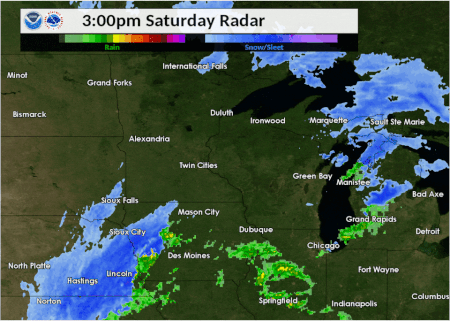 Radar loop (February 23-24, 2019) |
Peak Wind Reports:
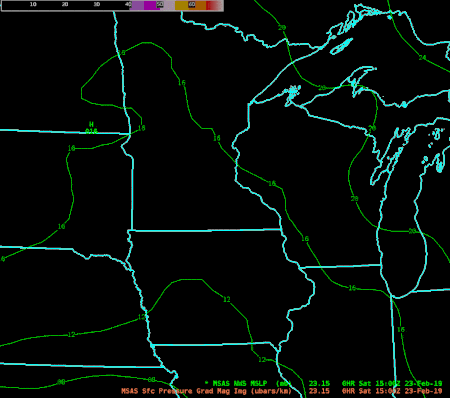 |
|
Loop of the higher wind gust area Saturday evening |
PUBLIC INFORMATION STATEMENT NATIONAL WEATHER SERVICE LA CROSSE WI 723 PM CST SUN FEB 24 2019 ...PEAK WIND GUSTS TODAY... LOCATION SPEED TIME/DATE LAT/LON ROCHESTER INTERNATIONAL AIRP 58 MPH 1226 PM 02/24 43.91N/92.50W 2 W OELWEIN 55 MPH 0155 PM 02/24 42.68N/91.97W OELWEIN MUNICIPAL AIRPORT 55 MPH 0155 PM 02/24 42.68N/91.97W PLATTEVILLE MUNICIPAL AIRPOR 55 MPH 1155 AM 02/24 42.69N/90.44W MAYO HELIPAD 54 MPH 1255 PM 02/24 44.02N/92.48W 1 ENE DEXTER 54 MPH 0135 PM 02/24 43.73N/92.68W BYRON 52 MPH 0115 PM 02/24 44.04N/92.64W 3 N STEWARTVILLE 52 MPH 0205 PM 02/24 43.90N/92.48W 2 NNW ZUMBRO FALLS 51 MPH 0203 PM 02/24 44.32N/92.44W CHARLES CITY AIRPORT 51 MPH 0155 PM 02/24 43.07N/92.61W DECORAH MUNICIPAL AIRPORT 51 MPH 1255 PM 02/24 43.28N/91.74W 2 E KASSON 51 MPH 0520 PM 02/24 44.02N/92.71W 1 SSE KELLOGG 49 MPH 0915 AM 02/24 44.28N/91.99W 5 NW FRANKVILLE 49 MPH 0132 PM 02/24 43.25N/91.70W DODGE CENTER AIRPORT 49 MPH 0115 PM 02/24 44.02N/92.83W AUSTIN MUNICIPAL AIRPORT 48 MPH 1256 PM 02/24 43.66N/92.93W PRAIRIE DU CHIEN AIRPORT 48 MPH 1115 AM 02/24 43.02N/91.12W 2 N IONIA 48 MPH 1040 AM 02/24 43.07N/92.46W 2 SE DOUGLAS 47 MPH 1145 AM 02/24 44.08N/92.55W LA CROSSE REGIONAL AIRPORT 47 MPH 1227 PM 02/24 43.88N/91.26W MEDFORD AIRPORT 47 MPH 1255 PM 02/24 45.10N/90.30W 2 SE EYOTA 47 MPH 0520 PM 02/24 43.96N/92.21W BOSCOBEL AIRPORT 47 MPH 0250 PM 02/24 43.16N/90.67W MAUSTON AIRPORT 45 MPH 1055 AM 02/24 43.84N/90.14W BLACK RIVER FALLS AREA AIRPO 44 MPH 0355 PM 02/24 44.25N/90.86W 1 E BLACK RIVER FALLS 40 MPH 0315 PM 02/24 44.30N/90.83W 3 NE LUBLIN 39 MPH 0514 PM 02/24 45.11N/90.69W PRESTON AIRPORT 39 MPH 0255 PM 02/24 43.68N/92.18W WINONA MUNICIPAL AIRPORT 39 MPH 0115 PM 02/24 44.08N/91.71W 1 ENE BOSCOBEL 38 MPH 1103 AM 02/24 43.15N/90.68W SPARTA/FORT MCCOY AIRPORT 37 MPH 0235 PM 02/24 43.96N/90.74W 2 NNE ROCHESTER 37 MPH 0210 PM 02/24 44.05N/92.45W 2 E CATARACT 36 MPH 0403 PM 02/24 44.09N/90.79W 3 SW HAMMOND 36 MPH 0246 PM 02/24 44.18N/92.41W 3 W SAINT JOSEPH 34 MPH 0654 PM 02/24 43.78N/91.10W LAKE CITY 32 MPH 1245 PM 02/24 44.45N/92.27W OBSERVATIONS ARE COLLECTED FROM A VARIETY OF SOURCES WITH VARYING EQUIPMENT AND EXPOSURES. WE THANK ALL VOLUNTEER WEATHER OBSERVERS FOR THEIR DEDICATION. NOT ALL DATA LISTED ARE CONSIDERED OFFICIAL.
Snow Reports
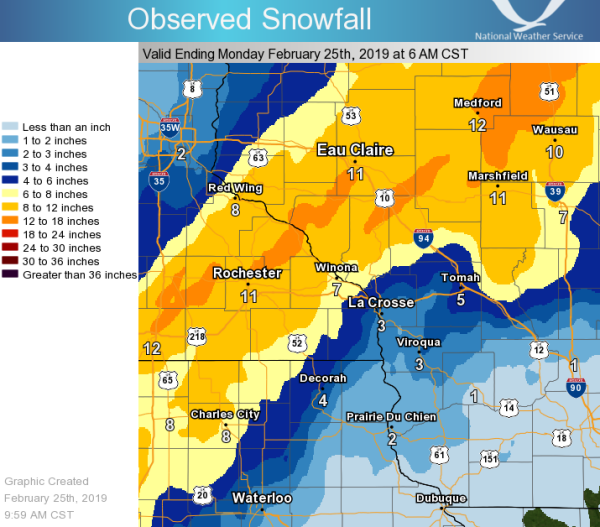

...FEBRUARY 23-24 SNOWFALL REPORTS... Location Amount Time/Date Lat/Lon ...Iowa... ...Allamakee County... Lansing 1.5 in 1003 AM 02/24 43.36N/91.22W 5 NE Postville 1.5 in 0700 AM 02/25 43.14N/91.49W ...Chickasaw County... New Hampton 8.0 in 0800 AM 02/25 43.06N/92.31W Ionia 2W 7.0 in 0700 AM 02/24 43.03N/92.50W ...Clayton County... Strawberry Point 1.0 in 0700 AM 02/24 42.69N/91.53W Volga 1NE 0.8 in 0615 AM 02/25 42.81N/91.52W Elkader 6SSW 0.5 in 0700 AM 02/24 42.78N/91.45W ...Fayette County... Fayette 1.5 in 0700 AM 02/25 42.85N/91.82W ...Floyd County... Nora Springs 2.4 SSE 8.0 in 0700 AM 02/24 43.11N/92.99W Charles City 7.4 in 0700 AM 02/25 43.06N/92.67W Marble Rock 7.0 in 0739 AM 02/24 42.96N/92.87W Nashua 2SW 6.0 in 0700 AM 02/24 42.94N/92.57W ...Howard County... Elma 7.0 in 0700 AM 02/25 43.24N/92.44W ...Mitchell County... Carpenter 12.0 in 0546 PM 02/24 43.41N/93.02W St Ansgar 9.2 in 0630 AM 02/24 43.38N/92.92W ...Winneshiek County... 3 NNW Decorah 4.5 in 0821 AM 02/24 43.34N/91.83W Decorah 3.5 in 0600 PM 02/24 43.30N/91.80W Calmar NE 3.4 in 0700 AM 02/25 43.19N/91.86W 7 ENE Decorah 2.5 in 0730 AM 02/25 43.34N/91.64W ...Minnesota... ...Dodge County... 2 NE Kasson 13.0 in 0700 AM 02/24 44.05N/92.72W Hayfield 11.5 in 0830 AM 02/24 43.89N/92.85W ...Fillmore County... Chatfield 12.0 in 0750 AM 02/24 43.85N/92.18W Rushford 10.5 in 0704 AM 02/24 43.81N/91.75W 1 S Peterson 9.8 in 0942 AM 02/24 43.77N/91.83W 1 SSE Pilot Mound 9.1 in 0700 AM 02/24 43.79N/92.03W Fountain 9.0 in 0756 AM 02/24 43.74N/92.13W Spring Valley 8.6 in 0700 AM 02/24 43.69N/92.39W Mabel 5.0 in 0630 AM 02/25 43.52N/91.76W ...Houston County... Caledonia 5.5 in 0734 AM 02/24 43.64N/91.50W Hokah 4NW 4.4 in 0608 AM 02/24 43.80N/91.43W 4 NNE Houston 4.0 in 0545 AM 02/24 43.80N/91.53W Spring Grove 4.0 in 1126 AM 02/24 43.56N/91.64W 4 NW Eitzen 3.5 in 0800 AM 02/24 43.56N/91.51W 3 W Stoddard 2.6 in 0600 AM 02/25 43.65N/91.28W ...Mower County... 2 NE Lansing 12.5 in 0125 PM 02/24 43.76N/92.95W 1 SW Austin 11.3 in 0100 PM 02/24 43.66N/92.98W 2 SW Austin 10.5 in 0810 AM 02/24 43.65N/92.99W Austin 10.5 in 0831 AM 02/24 43.67N/92.97W 4 WSW Austin 9.0 in 0755 AM 02/24 43.64N/93.05W ...Olmsted County... 2 SSW Rochester 14.3 in 0704 PM 02/24 43.99N/92.49W 2 NNW Rochester 13.5 in 0700 AM 02/24 44.05N/92.49W 4 W Potsdam 12.5 in 0937 AM 02/24 44.16N/92.43W 1 SSW Oronoco 12.5 in 0213 PM 02/24 44.15N/92.54W 6 E Douglas 11.0 in 0715 AM 02/24 44.10N/92.46W 2 NE Rochester 11.0 in 0600 AM 02/25 44.04N/92.44W 4 ESE Douglas 10.9 in 0745 AM 02/24 44.08N/92.51W Rochester International Airp 10.5 in 0554 AM 02/25 43.91N/92.50W 1 NNW Rochester 10.2 in 1002 AM 02/24 44.02N/92.48W Elgin 2SSW 10.1 in 0700 AM 02/25 44.10N/92.27W 2 S Predmore 10.0 in 0727 AM 02/24 43.90N/92.34W 3 ESE Douglas 10.0 in 0757 AM 02/24 44.09N/92.51W 2 SW Predmore 10.0 in 0925 AM 02/24 43.92N/92.35W ...Wabasha County... Theilman 1SSW 12.2 in 0730 AM 02/25 44.28N/92.19W 2 N Kellogg 12.0 in 0730 AM 02/24 44.34N/92.01W Wabasha 11.0 in 0448 AM 02/24 44.37N/92.04W 3 SW Zumbro Falls 9.3 in 0745 AM 02/24 44.24N/92.46W ...Winona County... Minnesota City 13.5 in 0602 PM 02/24 44.09N/91.75W 1 NW Goodview 12.5 in 1004 AM 02/24 44.07N/91.72W Lewiston 12.0 in 0721 AM 02/24 43.99N/91.86W 1 N Pickwick 12.0 in 1106 AM 02/24 43.99N/91.60W 1 WSW Winona 11.0 in 1015 AM 02/24 44.03N/91.68W Rollingstone 10.5 in 0359 PM 02/24 44.10N/91.82W Winona 10.0 in 0542 AM 02/24 44.05N/91.66W Winona 4SW 8.0 in 1035 AM 02/24 43.98N/91.71W La Crescent Dam 7 2.5 in 0800 AM 02/24 43.87N/91.31W ...Wisconsin... ...Adams County... Friendship 6.2 in 0700 AM 02/25 43.98N/89.83W 8 ENE Friendship 3.2 in 0835 AM 02/24 44.01N/89.66W 2 S Brooks 3.0 in 1000 AM 02/24 43.79N/89.64W ...Buffalo County... Alma 12.0 in 1053 AM 02/24 44.32N/91.91W 5 NE Montana 11.5 in 0747 AM 02/24 44.40N/91.61W Mondovi 11.0 in 0600 PM 02/24 44.56N/91.67W ...Clark County... Withee 10.0 in 1245 PM 02/24 44.95N/90.59W Colby 6SW 10.0 in 0844 PM 02/24 44.87N/90.42W 3 SW Spencer 7.0 in 0725 AM 02/24 44.71N/90.34W ...Crawford County... Steuben 4SE 3.0 in 0700 AM 02/25 43.13N/90.84W De Soto 1SE 2.3 in 0635 AM 02/24 43.42N/91.19W Gays Mills 1.0 in 0700 AM 02/24 43.32N/90.85W Lynxville Dam 9 1.0 in 0800 AM 02/24 43.21N/91.10W Eastman 1.0 in 0729 PM 02/24 43.16N/91.02W Prairie Du Chien 1.0 in 0700 AM 02/25 43.05N/91.13W ...Grant County... 1 W Platteville 2.0 in 1030 AM 02/24 42.74N/90.49W Muscoda 0.8 in 0945 AM 02/24 43.18N/90.44W Cuba City 0.5 in 0600 AM 02/24 42.61N/90.43W ...Jackson County... Hatfield 8.0 in 0723 AM 02/24 44.41N/90.73W Black River Falls 1.7 NNE 6.2 in 0700 AM 02/24 44.32N/90.83W Black River Falls Sewage 5.3 in 0830 AM 02/24 44.29N/90.85W 5 E Irving 4.0 in 0200 PM 02/24 44.19N/90.80W ...Juneau County... Mauston 1se 3.0 in 0800 AM 02/24 43.79N/90.06W Union Center 2.0 in 0700 AM 02/25 43.68N/90.26W ...La Crosse County... 1 N New Amsterdam 6.0 in 0718 AM 02/24 44.01N/91.31W Holmen 4.5 in 0617 AM 02/24 43.96N/91.26W Holmen 2S 3.8 in 0700 AM 02/24 43.93N/91.25W 1 WSW West Salem 3.6 in 0741 AM 02/24 43.90N/91.10W La Crosse 4NNW 2.6 in 0730 AM 02/25 43.87N/91.27W La Crosse Regional Airport 2.5 in 0553 AM 02/24 43.88N/91.26W La Crosse Weather Office 2.3 in 0600 AM 02/25 43.82N/91.19W ...Monroe County... Warrens 4WSW 4.4 in 0700 AM 02/25 44.10N/90.59W Sparta 3.8 in 0800 AM 02/25 43.94N/90.82W Cashton 3NNW 3.5 in 0747 AM 02/25 43.79N/90.80W ...Richland County... Richland Center 4N 1.0 in 0700 AM 02/25 43.40N/90.39W ...Taylor County... 2 N Dorchester 12.5 in 1122 AM 02/24 45.04N/90.34W 1 W Medford 12.0 in 0925 AM 02/24 45.14N/90.37W 2 S Gilman 10.0 in 0943 AM 02/24 45.14N/90.80W Medford 10.0 in 0800 AM 02/25 45.13N/90.34W Jump River 1 NW 8.0 in 0700 AM 02/24 45.36N/90.80W ...Trempealeau County... Independence 3NE 16.0 in 0846 AM 02/24 44.39N/91.39W Eleva 13.0 in 0730 AM 02/24 44.58N/91.47W Osseo 12.0 in 0700 AM 02/24 44.58N/91.22W Whitehall 12.0 in 1024 AM 02/24 44.37N/91.32W Ettrick 4WNW 7.4 in 0705 AM 02/25 44.19N/91.34W Trempealeau Dam 6 7.0 in 0800 AM 02/25 44.00N/91.44W Ettrick 6.0 in 0636 AM 02/24 44.17N/91.27W ...Vernon County... Viroqua 0.8 ESE 4.5 in 0700 AM 02/25 43.55N/90.87W La Farge 3.7 in 0700 AM 02/25 43.57N/90.64W Westby 3ENE 3.4 in 0700 AM 02/25 43.67N/90.81W 3 NE Stoddard 2.5 in 0756 AM 02/24 43.69N/91.18W 3 WNW Viola 2.5 in 0800 AM 02/25 43.53N/90.74W Stoddard 2.4 in 0700 AM 02/25 43.66N/91.22W Viroqua 2.2 in 0700 AM 02/24 43.56N/90.88W Stoddard 5NNE 2.2 in 0700 AM 02/24 43.72N/91.17W Hillsboro 2SW 2.0 in 0700 AM 02/24 43.63N/90.38W Genoa Dam 8 2.0 in 0800 AM 02/25 43.57N/91.23W Hillsboro WSW 1.4 in 0700 AM 02/25 43.65N/90.35W Observations are collected from a variety of sources with varying equipment and exposures. We thank all volunteer weather observers for their dedication. Not all data listed are considered official.
Photos:
 |
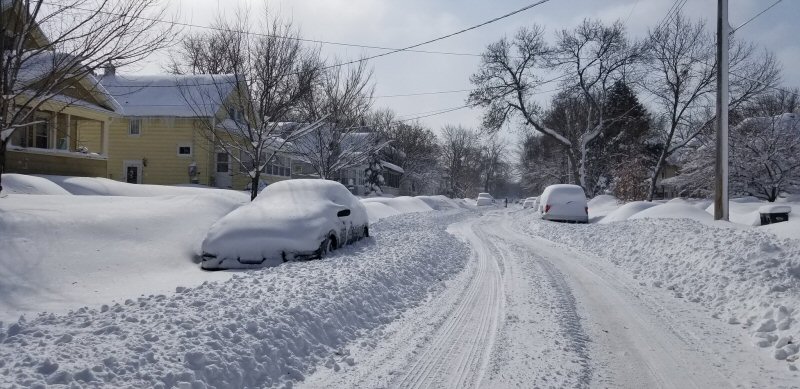 |
 |
 |
| Kasson, MN (Photo by Amy Evans) |
Rochester, MN (Photo by ABC 6 News/KAAL TV) |
Rochester, MN (Photo by ABC 6 News/KAAL TV) |
West Salem, WI (Photo by Jeff Boyne) |
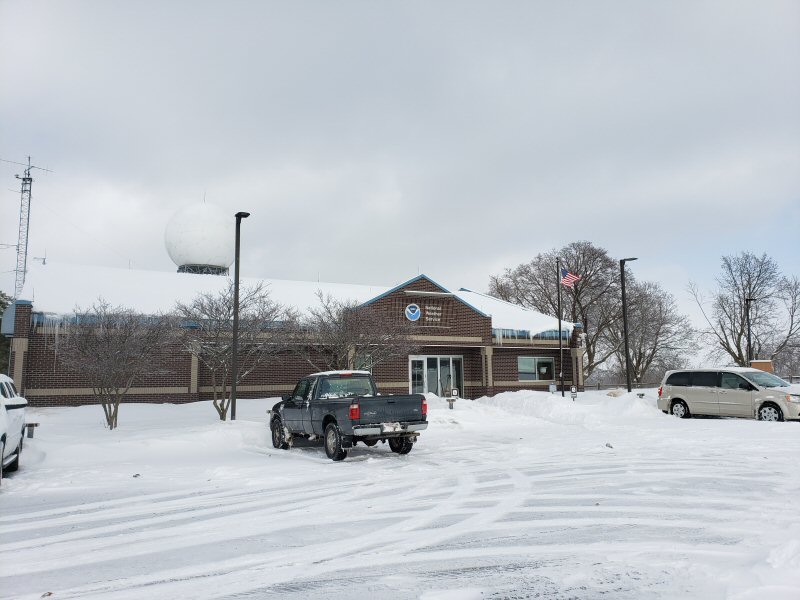 |
 |
 |
|
| NWS La Crosse | NWS La Crosse | NWS La Crosse | |
 |
 |
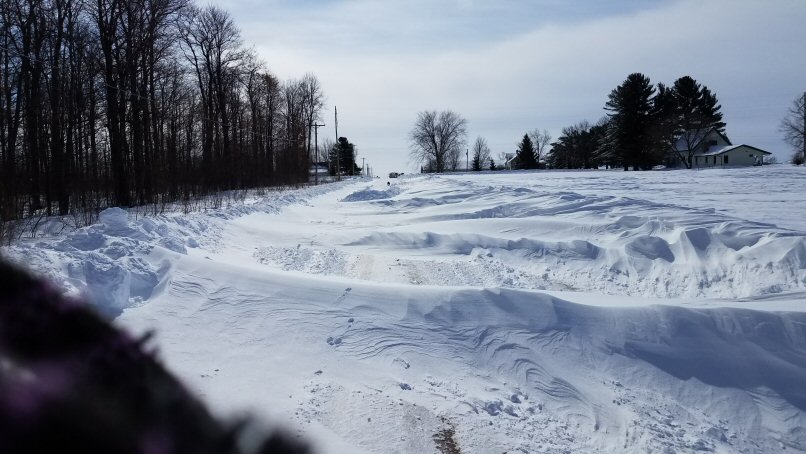 |
|
| MNDOT camera montage over southeast Minnesota Sunday | IADOT plowcam montage over southeast Minnesota Sunday |
Between Dorchester and Stetsonville, WI |
Radar:
 |
||
| Dual-pol radar loop showing the conversion of a wintry mix (yellows) to all snow (red) Saturday evening. The conversion occurs from the west and south. |
Environment / Services / Road Conditions
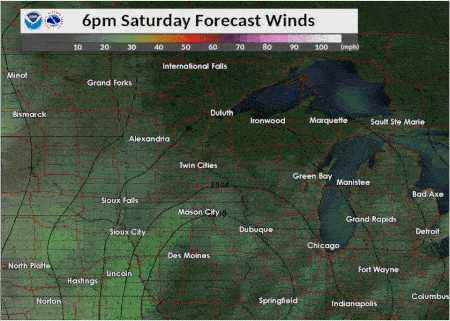 |
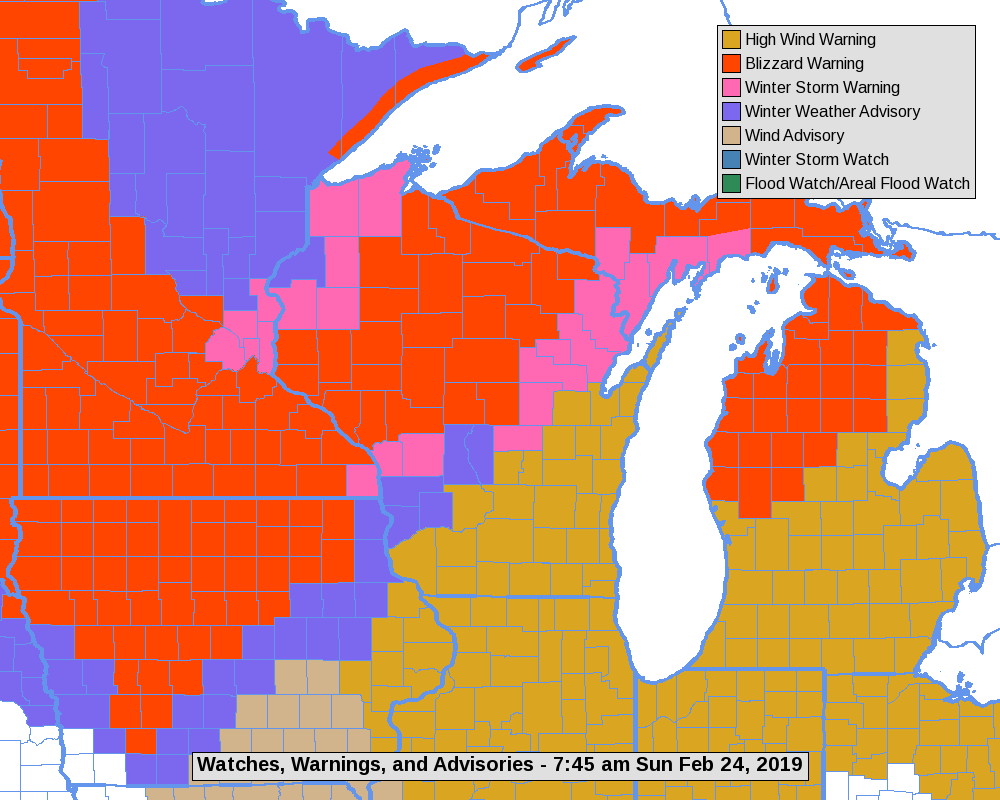 |
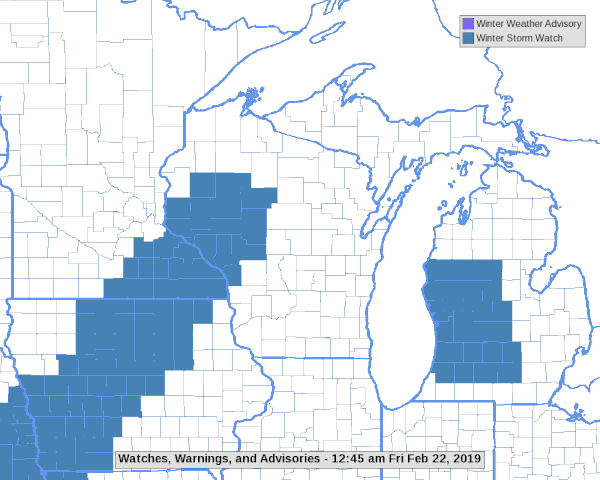 |
| Surface low and winds (6 pm Feb 23 through 3 pm Feb 34) | Warnings & Advisories issued for storm | Loop of Warnings & Advisories issued for storm from Thursday through Sunday |
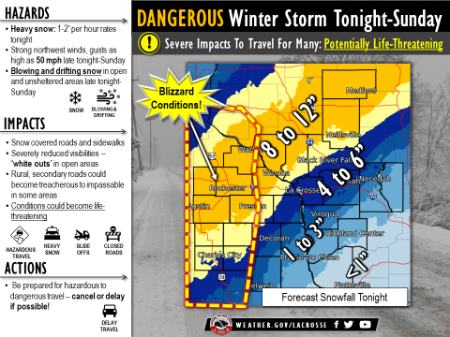 |
 |
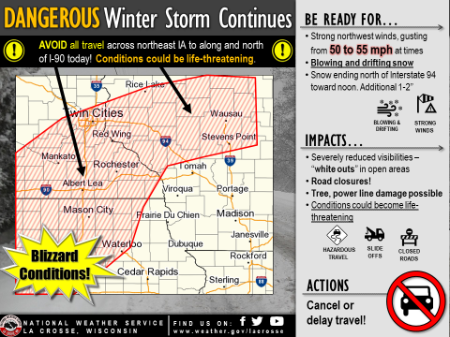 |
| 500 am Saturday: Weather Story from the NWS La Crosse website |
330 pm:Saturday: Weather Story ​ from the NWS La Crosse website |
500 am Sunday: Weather Story ​ from the NWS La Crosse website |
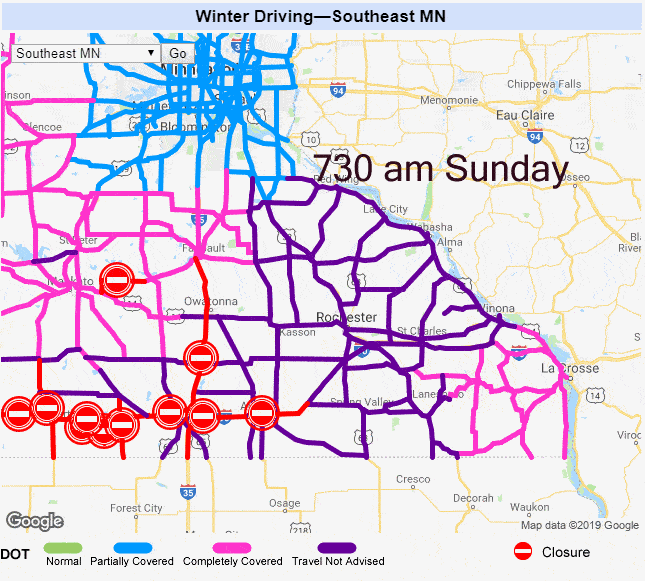 |
||
| Change in Minnesota road conditions Sunday morning (MNDOT) |
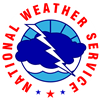 |
Media use of NWS Web News Stories is encouraged! Please acknowledge the NWS as the source of any news information accessed from this site. |
 |